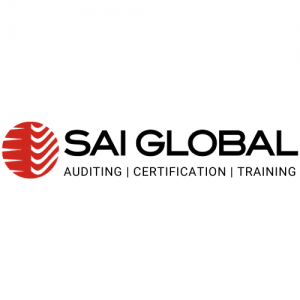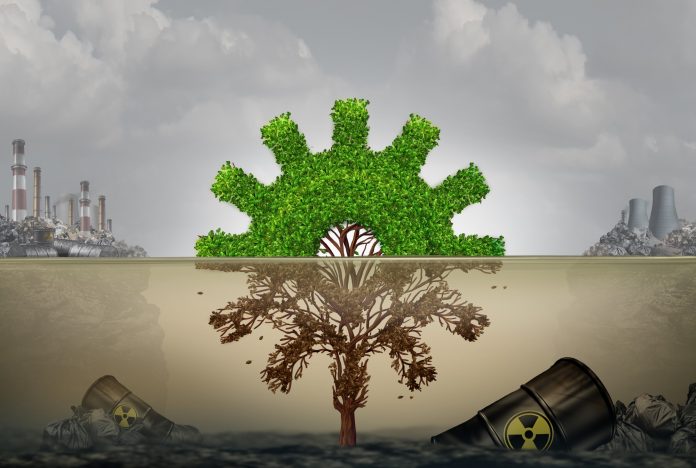The logistics sector tackled multiple challenges in 2020 while simultaneously meeting a boom in delivery volumes, thanks to an increase in online purchases.
By SAI Global Technical Manager Saeid Nikdel.
A new and growing challenge for this transport-reliant sector, however, is balancing its business goals with the desire, and expectation, to lower emissions and become environmentally sustainable. Global risk management provider SAI Global reveals a straightforward strategic pathway for the sector to reduce its environmental impact.
While in 2020, the logistics sector balanced business objectives with social restrictions and biosecurity measures, 2021 and beyond will require a balance of business and carbon-reduction objectives. Government is leading the way, with various sustainable projects to emission-reduction goals in play, such as the NSW Government’s incentivisation of the private sector to switch to renewable energy with a goal to achieving net-zero carbon emissions by 2042, and the South Australian Government’s $60 million investment in energy-efficient Government buildings.
Sooner or later, governments will act to ensure businesses take full responsibility for their environmental impact. Those businesses that have already begun a process of action that is on-going, accountable and measurable will reach the standards required in the timeframes set out by any new legislation, and future-proof their brand.
Some major players in the logistics sector are likely to have corporate social responsibility goals and demonstrating a responsible approach to environmental management can improve public confidence in their brand.
The transport-dependent logistics industry cannot avoid an environmental impact. Australia’s transport emissions account for 19% of the country’s overall carbon emissions – a higher rate than the world-combined transport emissions figure of 15 per cent (Department of Industry, Science, Energy and Resources, 2019). The sector can, however, reduce its footprint across waste, energy use, transportation, and operations.
A strategic pathway to providing reassurance to the public that a business has set environmental goals, is accountable to those goals, and continually exceeds international benchmarks is certification to the ISO 14001 Environmental Management System, a structured approach to environmental protection. Certification to the standard ensures that logistics businesses are working to a results-focussed environmental management system that is independently audited several times a year.
ISO 14001 is the international benchmark. Unlike carbon-reduction-specific certifications, ISO 14001 ensures businesses respond to all environmental issues – it helps to improve resource efficiency, reduce waste and reduce energy costs. However, it is flexible and allows businesses to choose outcomes.
By certifying to ISO 14001, a business of any size can develop and implement policies to deliver environmentally responsible and sustainable business practices that meet international benchmarks. The standard ensures businesses follow a clear five-pillar approach:
- As an initial step in their strategy, businesses must understand external and internal factors that may affect their ability to achieve desired sustainability outcome. Objectives and timeframes can, therefore, be regularly updated to remain realistic and attainable.
- Secondly, organisational leaders must commit to the environmental strategy and management system implemented in their workplace and take accountability for its effectiveness. They must ensure regular reviews and refinements take place along the way, sufficient resources are allocated, and environmental policies and objectives are clearly communicated. It is also recommended that organisations appoint key executives to specific roles and responsibilities.
- Developing a robust environmental strategy takes careful planning to address any risks and opportunities within the industry and the organisation itself. A plan must outline environmental objects and steps to achieve them, and necessary changes to management.
- The plan may include the redistribution of resources to ensure progress is made on the environmental management system and that it is carefully monitored. A lifecycle process is recommended to plan, implement and control processes and meet environmental requirements for its products and services.
- Lastly, the business should verify and evaluate the capabilities of the processes it has developed, including customers customer feedback.
About Saied Nikdel
Saeid Nikdel is a technical manager at SAI Global. He joined the organisation in 2013 and is responsible for auditing quality, occupational health and safety, and environmental management systems across SME and large companies. He has more than 20 years’ experience in risks and compliance and auditing, and an extensive background in developing, implementing and maintaining management systems. Saeid has supported numerous organisations across Australia and South East Asia over his eight years with SAI Global.
About SAI Global

SAI Global is a provider of integrated risk management solutions – a combination of leading certification capabilities, training services and advisory offerings across the entire risk lifecycle. It helps organisations proactively manage risk to build trust with customers and achieve business confidence, growth and sustainability. The company has global reach, with locations across Europe, the Middle East, Africa, the Americas, Asia and the Pacific. For more information, visit saiassurance.com.


